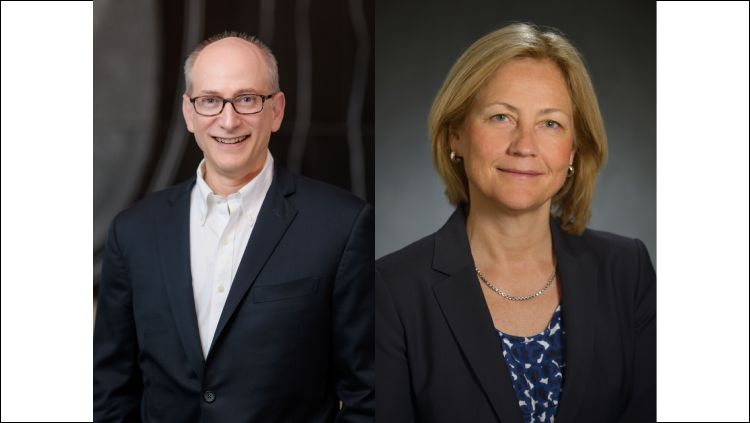Message From the President: Late-Breaking Abstracts
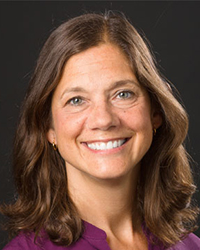
Marina Picciotto
One of the difficult aspects of organizing a large annual meeting is the sheer amount of time required to get everything in place. To session over 10,000 abstracts in a way that creates the SfN annual meeting we all love takes a lot of work by a lot of people over many weeks. Yet the period of time we’re in now, from when abstracts close to Neuroscience 2024, is when any new discovery has to wait over a year to be shared at SfN — or be presented somewhere else.
Late-breaking abstracts can be submitted for Neuroscience 2024 July 23–August 1
So, SfN is going to try an experiment — there will be another abstract submission window for Neuroscience 2024! Late-breaking abstracts can be submitted for Neuroscience 2024 July 23–August 1. Any SfN member, including those who already submitted an abstract to Neuroscience 2024, can submit a late-breaking abstract. The goal is to offer the broadest array of the most interesting science at the annual meeting, and we think this experiment will allow everyone to make sure their new and exciting science is included. Late-breaking abstracts will work a bit differently than traditional abstracts, and I encourage you to visit the website for more information.
It is important to emphasize that this second abstract submission window is an experiment.
It is important to emphasize that this second abstract submission window is an experiment. Having previously served as Program Committee chair, I know just how much time goes into reviewing abstracts, building sessions, selecting lecturers, and so on. Having to do another round of review for abstracts submitted in a second window is asking a lot of our volunteers and staff. On behalf of our grateful neuroscience community, thank you to everyone who makes this possible!
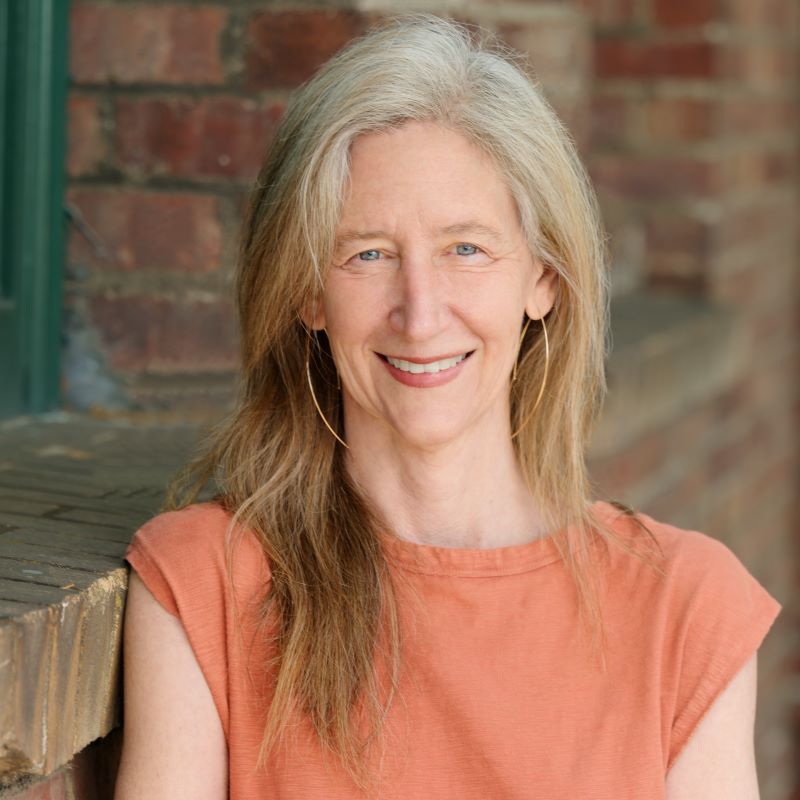
Susan Magsamen
Meanwhile, preparations for Neuroscience 2024 continue. The “Dialogues Between Neuroscience and Society” lecture is back this year with Susan Magsamen of Johns Hopkins University and author of the bestselling book Your Brain on Art: How the Arts Transform Us. Her presentation will explore the science of neuroaesthetics, the study of how the arts and aesthetic experiences measurably change the brain and body, and how to translate this knowledge into practices that advance health, well-being, learning, flourishing, and community development.
I’m also very excited about the Neuroscience 2024 Presidential Special Lectures. Collectively, the four speakers and their areas of expertise represent the depth and breadth of our field and community, from fundamental cellular and molecular neuroscience relevant to neurodegeneration, to engineering of neuroscience tool development, to directed consortia to generate open neuroscience Big Data, to AI and large language models. These areas of neuroscience showcase how the international neuroscience community is changing how we work together, how we share tools and data, and how we harness very basic neuroscience outcomes to help improve human health.
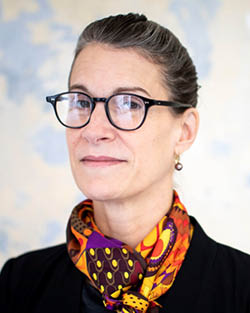
Laurie A. Paul of Yale University will discuss her work on large language models (LLMs). She suggests that an LLM can be thought of as realizing a certain type of mind, along with a certain type of knowledge. Paul will close with how such knowledge is related to the more ordinary sort exhibited by human beings.
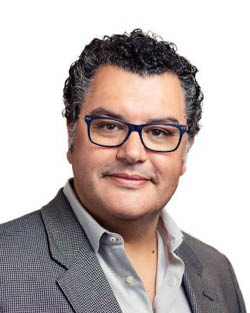
Rui M. Costa of the Allen Institute will share the Institute’s efforts into mapping the diverse cell types and circuits in the mammalian brain. The data, tools, and knowledge generated by this work are shared openly to accelerate discovery by all neuroscientists.
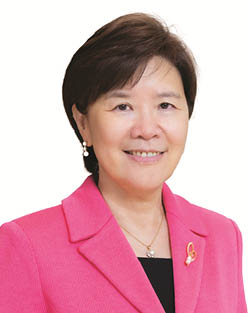
Nancy Y. Ip of the Hong Kong University of Science and Technology is a leading researcher in the field of Alzheimer's disease (AD). Her lecture will delve into addressing the multifaceted impact of immunity to effectively combat the disease, presenting a roadmap for therapeutic advancements in neuroscience.
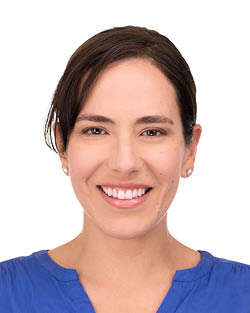
Markita D. Landry of the University of California, Berkeley, focuses her lab’s attention on brain chemistry. Her lecture will discuss advances in — and the importance of — imaging brain chemistry at the spatial and temporal scales used by neurons to establish neurochemical communication in the brain.
Even if another commitment prevents you from joining us in Chicago this year, the Neuroscience 2024 Virtual Component offers a way for everyone watch all the featured and special lectures, as well as view virtual posters. The platform will open one week before the meeting and remain available for one month. Available to all meeting attendees, the virtual component offers a solution to those wishing they could be in several places at once by allowing us to come back and catch the posters and talks we missed in Chicago.




